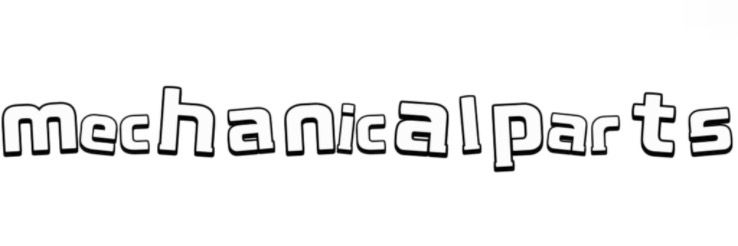Essential Guide to Flexible Coupling: Benefits and Applications
Understanding the various attributes of flexible couplings is essential for selecting the right component for your mechanical systems. Flexible couplings are designed to transmit torque between shafts while allowing for some degree of misalignment and vibration absorption. Their versatility makes them popular in a wide range of applications, from industrial machinery to automotive systems.
Are you interested in learning more about flexible coupling? Contact us today to secure an expert consultation!
Benefits of Flexible Couplings
One of the primary advantages of flexible couplings is their ability to accommodate misalignment. This feature is crucial for mechanical systems where precision alignment is challenging to maintain. Couplings can manage angular, parallel, and axial misalignments, enhancing operational efficiency.
Another benefit is vibration dampening. Flexible couplings are engineered to absorb shock and reduce the transmission of vibrations through the system. This functionality minimizes wear and tear on connected components, increasing their lifespan and reducing maintenance costs.
In addition, they offer ease of installation and maintenance. Many flexible coupling designs allow quick assembly and disassembly, simplifying replacement or servicing when necessary. This feature is particularly beneficial in time-sensitive situations where minimizing downtime is critical.
Common Applications of Flexible Couplings
Flexible couplings find utility in various sectors, including manufacturing, automotive, and energy. In the manufacturing realm, they are commonly used in conveyor systems, pumps, and gearboxes. The ability to adapt to misalignment makes them ideal for these applications where machinery might experience positional shifts.
In automotive applications, flexible couplings are utilized in drive shafts and engine setups. They help to manage the movements that occur during operation, which can mitigate the risk of damage to vehicle components. Additionally, they contribute to a smoother ride by reducing vibrations transmitted to the vehicle’s frame.
Energy systems, particularly wind and hydroelectric plants, also rely on flexible couplings. They facilitate the connection between varied components like turbines and generators, ensuring efficient power transmission despite potential misalignments caused by environmental factors.
Types of Flexible Couplings
There are several types of flexible couplings, each tailored for specific needs. One popular type is the elastomeric coupling, which employs rubber-like materials to absorb shocks and misalignment. This design is particularly effective in applications where noise reduction is a priority.
Another commonly used type is the gear coupling. It features two hubs with external teeth that mesh with internal teeth on a central sleeve. Gear couplings are robust and can handle high torque applications, making them suitable for heavy machinery.
Additionally, there are membrane couplings which use thin, flexible membranes to transmit torque. These couplings are characterized by their lightweight design and ability to accommodate large misalignments, making them ideal for compact applications where space is limited.
Selecting the Right Flexible Coupling
Choosing the appropriate flexible coupling involves considering several factors including misalignment conditions, torque requirements, and environmental factors. It is essential to analyze the specific application to determine the best fit for your system. Consult with manufacturers and industry experts to make informed decisions based on your operational needs.
Lastly, it is advisable to conduct regular assessments of the coupling's performance in your machinery. Monitoring its condition will help to ensure that it continues to operate efficiently and can provide early indications of potential failure, allowing for proactive maintenance.
In conclusion, flexible couplings are integral to the smooth operation of various mechanical systems. Their benefits and diverse applications make them invaluable components across multiple industries. By understanding their features and selecting the right type for your needs, you can enhance the reliability and efficiency of your mechanical systems.
Want more information on Grooved Flanges? Feel free to contact us.
108
0
0
All Comments (0)
Previous: Mastering Belleville Stacks: Tips for Perfect Performance
Next: Belleville Stack Explained: Benefits, Use Cases, and Tips
If you are interested in sending in a Guest Blogger Submission,welcome to write for us!


Comments